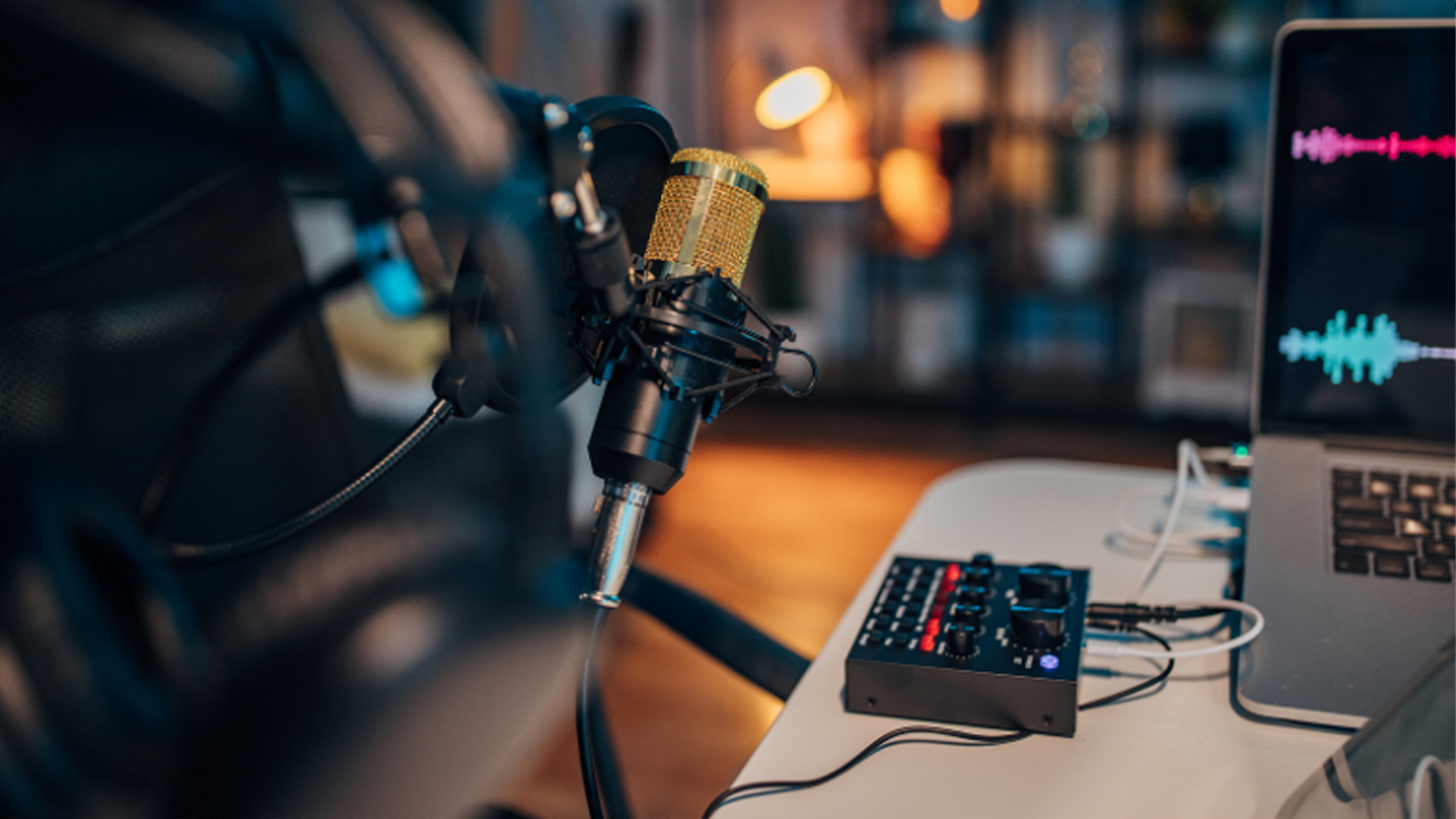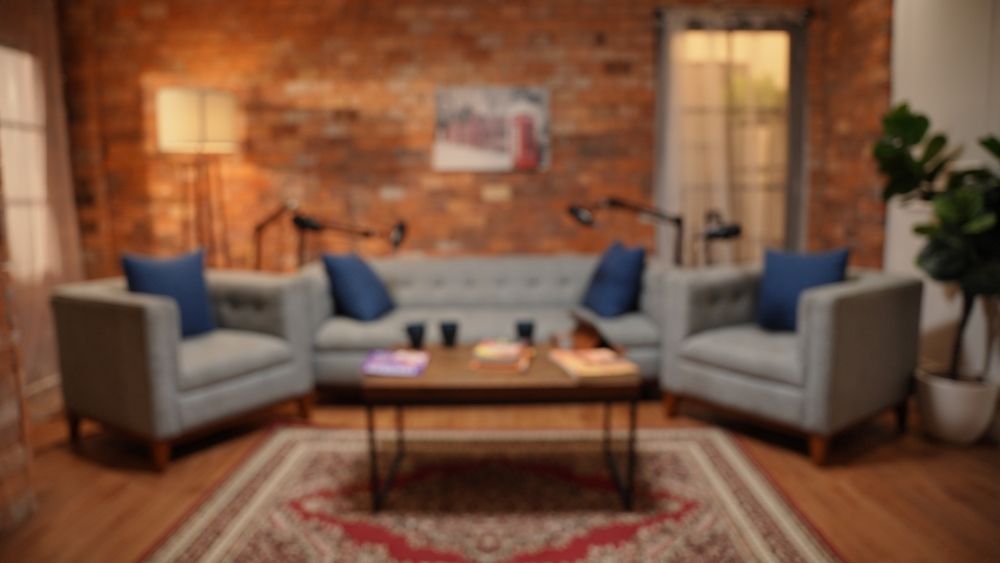The Essential Guide to Audio Recording Equipment for Podcast
Audio quality is the cornerstone of a successful podcast. Investing in the right audio recording equipment can significantly enhance the listening experience for your audience. In this comprehensive guide, we'll explore the essential components of a podcasting setup, helping you create professional-grade audio that will captivate your listeners.
What Audio Equipment Is Needed To Make A Podcast?
To produce a high-quality podcast, you'll need the following essential equipment:
● Microphone: A microphone is the primary tool for capturing your voice and other sounds. Choose a microphone that is suitable for your recording environment and budget.
● Audio Interface: An audio interface connects your microphone to your computer and provides additional features like gain control and phantom power.
● Headphones: Headphones are essential for monitoring your audio during recording and editing.
● Pop Filter: A pop filter helps to reduce plosive sounds (like "p" and "b") that can be distracting.
● Microphone Stand: A microphone stand provides stability and allows you to position your microphone at the optimal distance from your mouth.
● Computer or Laptop: You'll need a computer or laptop to record, edit, and distribute your podcast.
● Audio Recording Software: Choose a reliable audio recording software like Audacity, GarageBand, or Adobe Audition.
What Is The Difference Between A Podcast And An Audio Recording?
While both podcasts and audio recordings involve capturing sound, there are some key differences:
● Distribution: Podcasts are typically distributed through podcast directories and platforms like Apple Podcasts, Spotify, and Google Podcasts. Audio recordings can be distributed through various channels, including social media, websites, or email.
● Content Format: Podcasts often follow a structured format with regular episodes and themes. Audio recordings can vary in length and content.
● Target Audience: Podcasts often have a specific target audience or niche, while audio recordings can be for personal or professional use.
What Is The Best Device To Record A Podcast?
The best device to record a podcast depends on your budget and preferences. Some popular options include:
● Computer or Laptop: Many podcasters use their computers or laptops with a microphone and audio interface.
● Digital Audio Recorder (DAR): A dedicated DAR offers more control over your recordings and can provide better audio quality.
● Smartphone: While smartphones can be used for podcasting, the audio quality may not be as high as with dedicated devices.
How Do I Record A Podcast With Good Audio?
To record a podcast with good audio, follow these tips:
● Choose a quiet recording environment: Minimize background noise by recording in a quiet room or using soundproofing materials.
● Position your microphone correctly: Place your microphone at a suitable distance from your mouth and avoid plosive sounds.
● Monitor your audio levels: Use headphones to monitor your audio levels and ensure they are not too loud or too soft.
● Edit your audio: Use audio editing software to remove any unwanted noise or mistakes.
What Is The Best Tascam For Podcasting?
Tascam offers a range of audio recording devices that are suitable for podcasting. Some popular options include:
● Tascam DR-40X: A portable four-track recorder with built-in microphones and XLR inputs.
● Tascam DP-006X: A compact two-track recorder that is ideal for solo podcasters.
● Tascam Model 24: A professional 24-track mixer and recorder for more complex podcast setups.
Conclusion:
By investing in the right audio recording equipment and following best practices, you can produce high-quality podcasts that will captivate your audience. Remember, the key to a successful podcast is not just the content but also the audio quality.
So, choose the equipment that best suits your needs and start creating amazing podcasts, ProAngles can help you rent any camera equipment in Dubai!
FAQs:
What Audio Equipment Is Needed To Make A Podcast?
To produce a high-quality podcast, you'll need the following essential equipment:
● Microphone: A microphone is the primary tool for capturing your voice and other sounds.
● Audio Interface: An audio interface connects your microphone to your computer and provides additional features like gain control and phantom power.
● Headphones: Headphones are essential for monitoring your audio during recording and editing.
● Pop Filter: A pop filter helps to reduce plosive sounds (like "p" and "b") that can be distracting.
● Microphone Stand: A microphone stand provides stability and allows you to position your microphone at the optimal distance from your mouth.
● Computer or Laptop: You'll need a computer or laptop to record, edit, and distribute your podcast.
● Audio Recording Software: Choose a reliable audio recording software like Audacity, GarageBand, or Adobe Audition.
What Do Podcasters Use To Record Audio?
Podcasters typically use a combination of the following equipment:
● Digital Audio Recorders (DARs): Dedicated DARs offer more control over your recordings and can provide better audio quality.
● Computers or Laptops: Many podcasters use their computers or laptops with a microphone and audio interface.
● Smartphones: While smartphones can be used for podcasting, the audio quality may not be as high as with dedicated devices.
What Is The Difference Between A Podcast And An Audio Recording?
While both podcasts and audio recordings involve capturing sound, there are some key differences:
● Distribution: Podcasts are typically distributed through podcast directories and platforms like Apple Podcasts, Spotify, and Google Podcasts. Audio recordings can be distributed through various channels, including social media, websites, or email.
● Content Format: Podcasts often follow a structured format with regular episodes and themes. Audio recordings can vary in length and content.
● Target Audience: Podcasts often have a specific target audience or niche, while audio recordings can be for personal or professional use.



